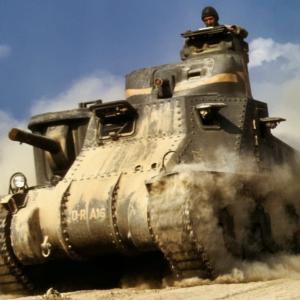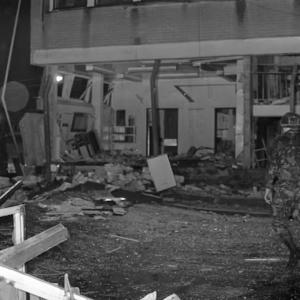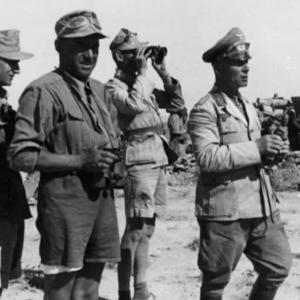
On this day in military history…
Operation Supercharge was the decisive assault launched by the British Eighth Army under General Bernard Montgomery during the Second Battle of El Alamein, a key engagement in the North African campaign of World War II. On November 2nd, 1942, after more than a week of intense fighting, Allied forces finally punched through Rommel’s defensive line, breaking the back of the German-Italian position in Egypt and forcing the beginning of a long Axis retreat across North Africa.
The battle had begun on October 23rd, when Montgomery launched the overall El Alamein offensive. His approach was deliberate and focused on wearing down the enemy rather than seeking an immediate breakthrough. The Axis forces, commanded by Field Marshal Erwin Rommel, had built a formidable line of defense stretching from the Mediterranean coast into the deep desert. Known as the "Devil’s Gardens," it was laced with minefields, anti-tank obstacles, and fortified positions. Montgomery’s goal was to grind down the defenders, sap their strength, and then deliver a final, concentrated blow.
By early November, that moment had come. The German and Italian forces were exhausted and critically short on supplies. They had lost many of their tanks and vehicles, with little chance of replacement. Allied control of the sea and air had disrupted Axis supply routes, making it nearly impossible for Rommel’s forces to receive fuel, ammunition, or reinforcements in time.
Operation Supercharge began late on November 1st, targeting the northern sector of the Axis line near Tel el Aqqaqir. The attack opened with a massive artillery barrage involving hundreds of guns, followed by infantry advances led by the 2nd New Zealand Division. Engineers worked quickly to clear paths through minefields under fire, allowing the British armour to follow.
The key assault came from the 9th Armoured Brigade, tasked with smashing through the enemy’s remaining defences and engaging their anti-tank guns head-on. This was a costly mission—many British tanks were knocked out in the advance—but the attack succeeded in creating a gap in the Axis line. By the morning of November 2nd, Allied forces had finally breached Rommel’s front. The line was broken, and the way was open for British armoured units to pour through.
Rommel, realising the situation was now beyond saving, knew his army could no longer hold. His tanks were nearly gone, his infantry formations—especially the Italian divisions—were falling apart, and he had no means to mount a counterattack. Despite direct orders from Hitler to hold the position at all costs, Rommel began organising a retreat westward.
Operation Supercharge succeeded because the British had superior numbers, better logistics, and control of the skies and seas. Though they also suffered heavy losses, they had the reserves to replace their tanks and keep pressing forward. The Axis forces, by contrast, had been worn down by weeks of combat and months of supply shortages. Once the line was broken, they had little ability to regroup or re-establish a new defensive position quickly.
The impact of November 2nd was immediate and far-reaching. The breakthrough ended the Battle of El Alamein and marked the beginning of a sustained Allied advance across North Africa. It shattered the myth of Axis invincibility in the desert and gave the Allies their first major land victory against Germany. It also boosted morale across the British Empire and sent a clear message that the tide of the war was beginning to turn.










